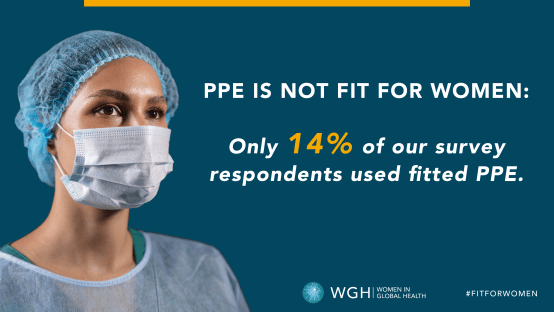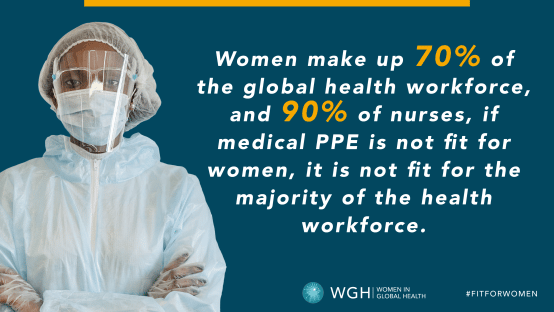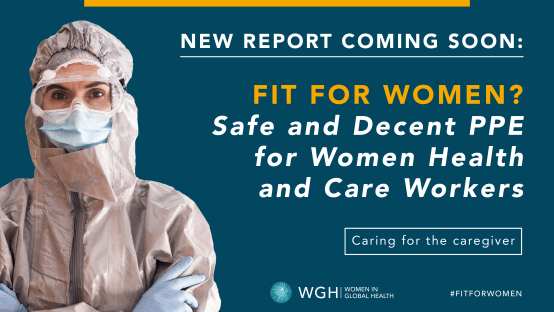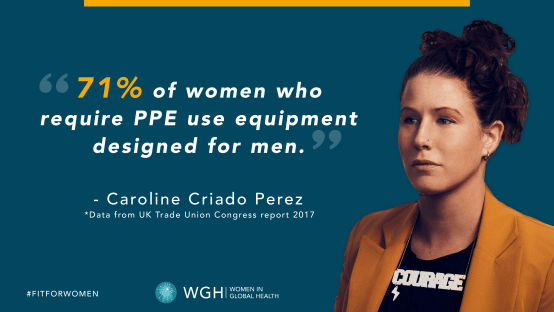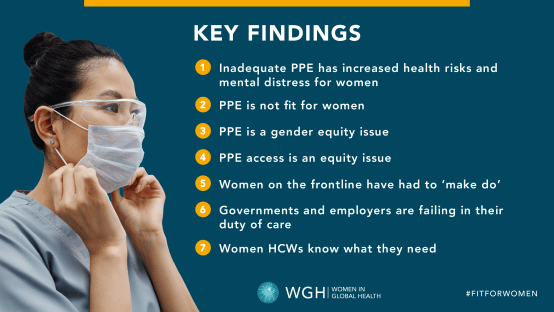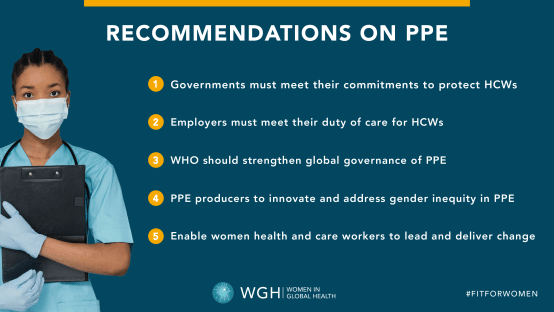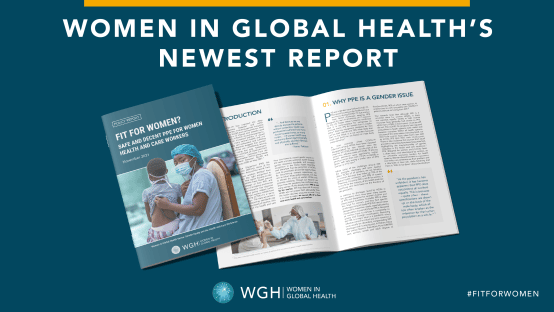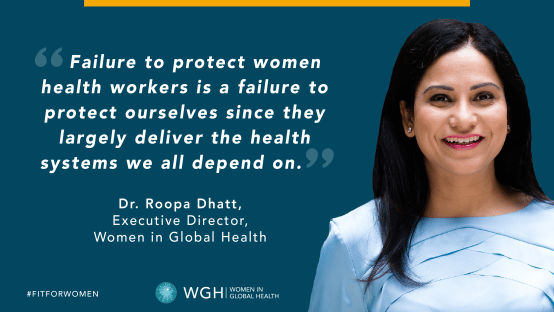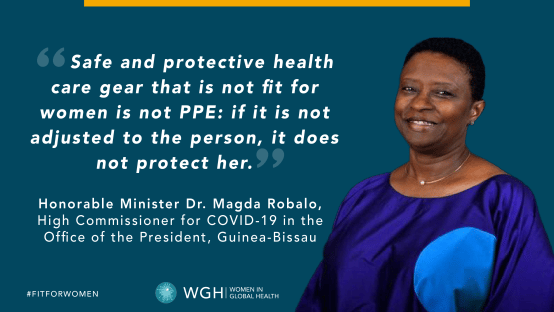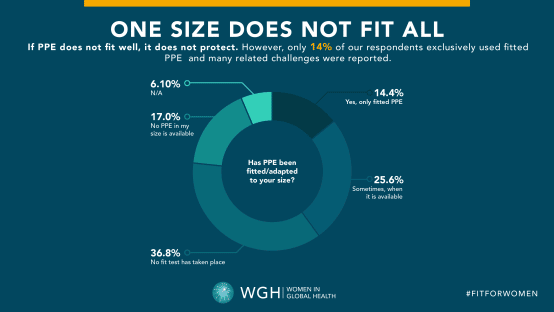#FitForWomen: Improving Personal Protective Equipment (PPE) for women health & care workers
One of the many gender inequities in the health and care workforce, that COVID-19 has exposed, is around the fit and design of Personal Protective Equipment (PPE). The rapid onset and scale of COVID-19 led to shortages of PPE in most countries, causing preventable infection and mortality among healthcare workers and others on the front lines. Even though most health workers are women, manufacturing specifications for medical PPE are usually drawn up based on the male body and there have been many reports of PPE not designed for women’s bodies. WGH undertook a global research project to document the challenges women health workers have faced.
We thank the Johnson & Johnson Foundation for their sponsorship and support throughout the creation of this report.
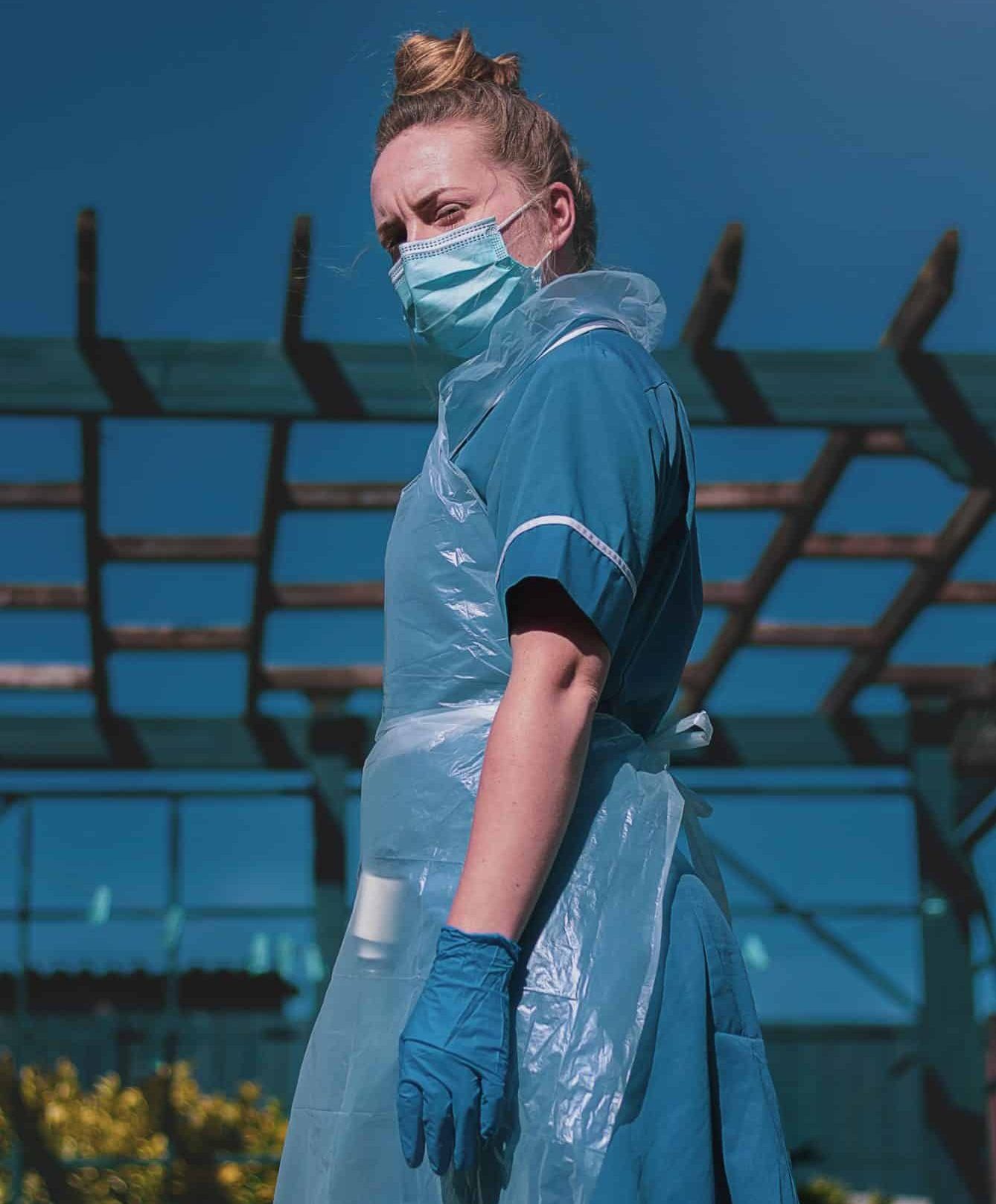
KEY FINDINGS
- Inadequate PPE has increased health risks and causes mental distress for women
- PPE is not fit for women
- PPE is a gender equity issue
- Women on the frontline have had to ‘make do’
- Governments and employers are failing in their duty of care
- Women health and care workers know what they need and need to be heard
Executive Summary
Advocacy Tiles
Amplify the report's findings
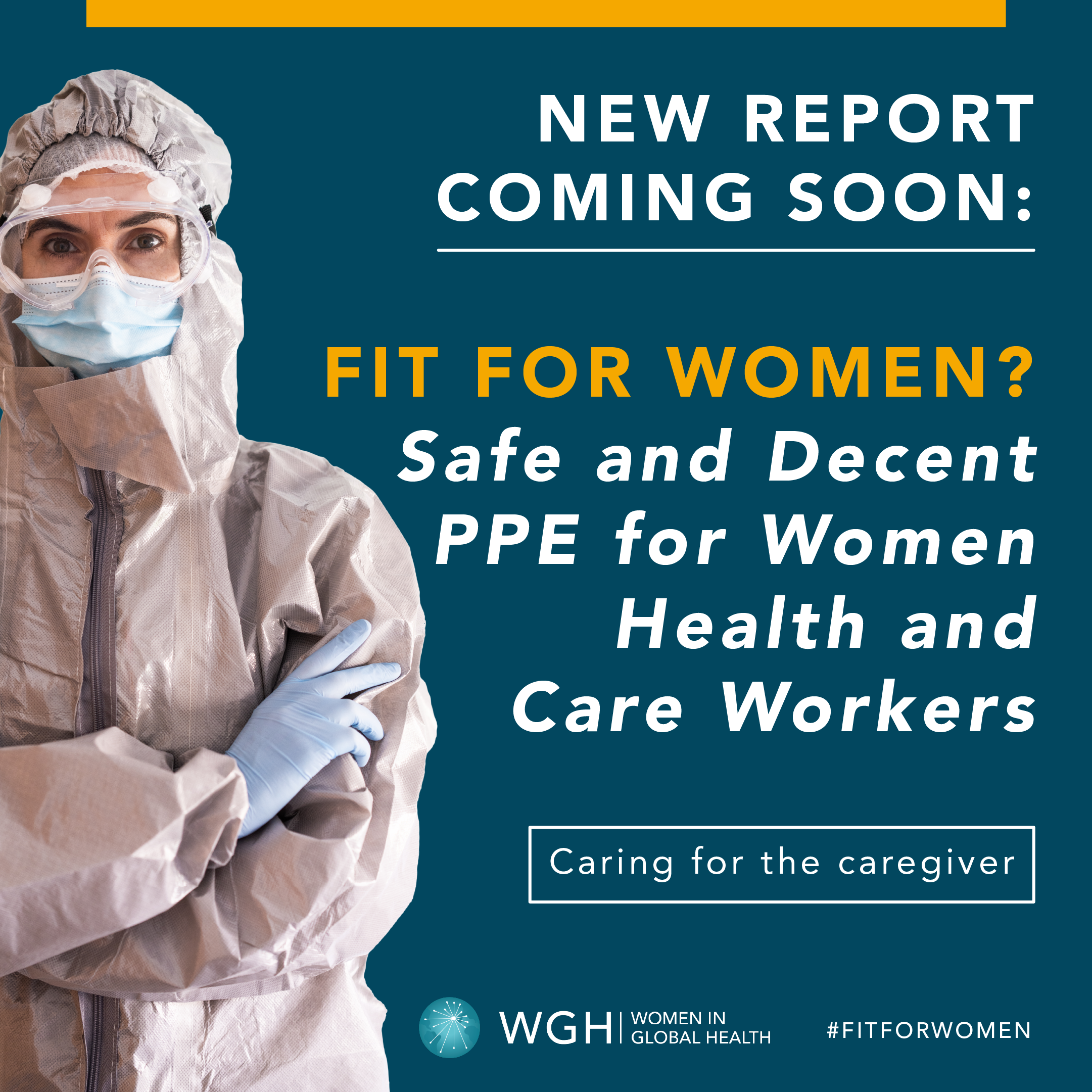
Launch Event Held November 23, 2021
Resources
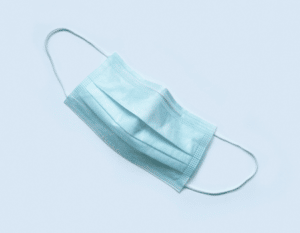
Fit for women: making PPE safe and dignified for women health workers
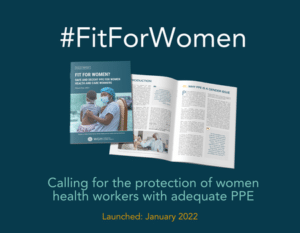
Policy Report: Fit For Women: Improving Personal Protective Equipment (PPE) for women health & care workers
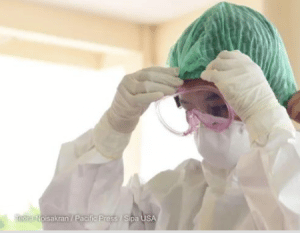
PPE is designed for men. Some health experts are hoping to change that.

